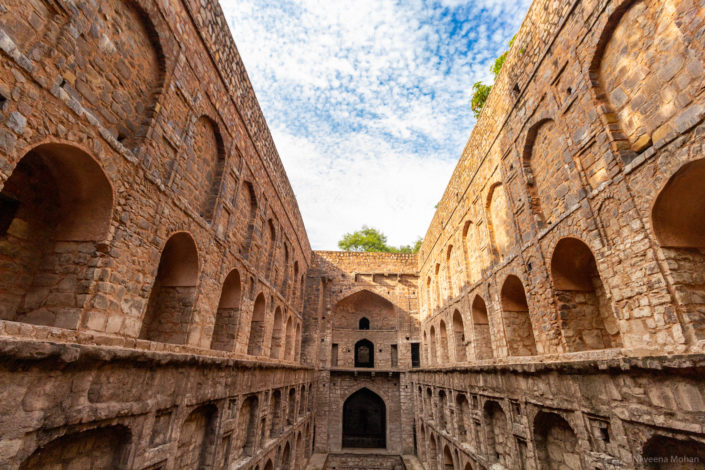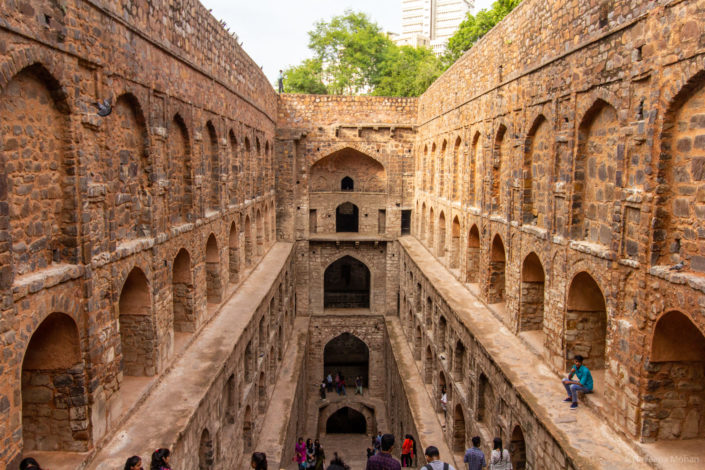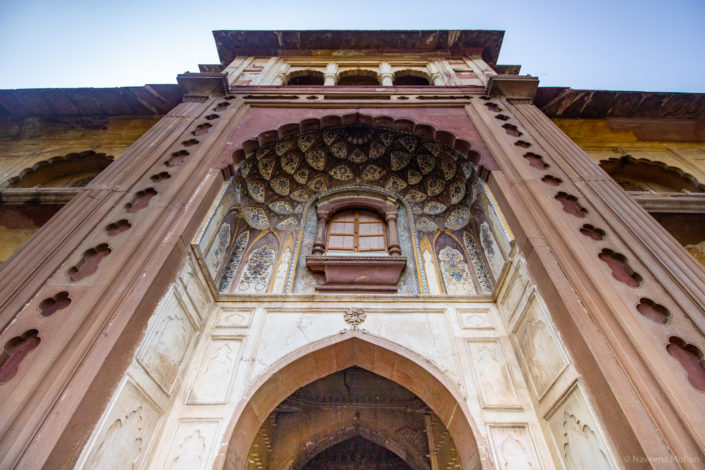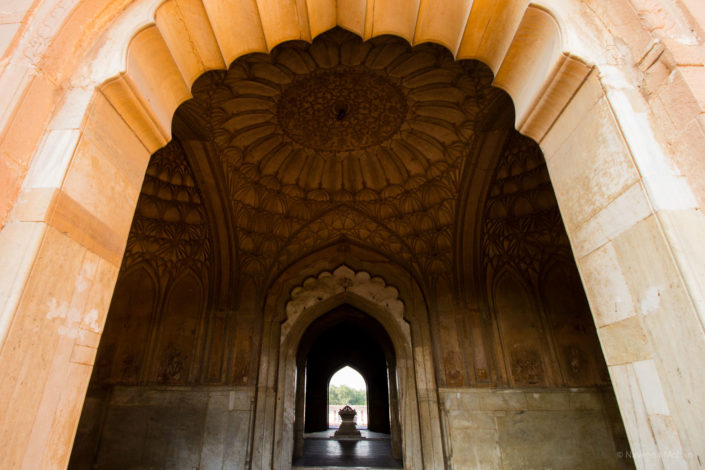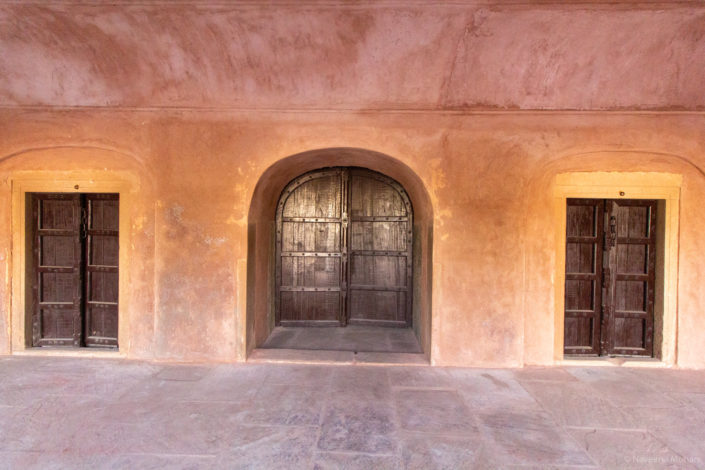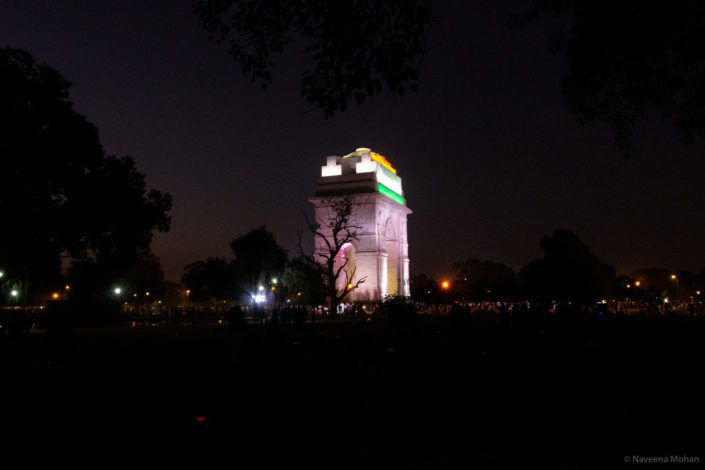-

OwlStories is a journal of events, journeys and experiences of this beautiful world by Naveena Mohan. About Me
Lorem ipsum dolor sit amet, consectetuer adipiscing elit. Aenean commodo.
Phone & Fax
Mon-Fri: 8:00-19:00,
Sat-Sun: 8:00-14:00(65)323-678-567
(65)323-678-568Address
732/21 Second Street, Manchester,
King Street,Kingston United Kingdom
places / monuments / Delhi
Delhi & it's monuments
Walking back in time
Undoubtedly a city of historical monuments, Delhi (India), is and was the centre of political activities. A massive metropolitan now, it has been a land of many historical monuments. These monuments serve as testaments to Delhi’s illustrious past. Exploring the city and visiting these monuments takes one back in time. Qutub complex makes to the top of the must-visit monuments in Delhi. The other monuments are no less interesting or impressive.
Baoli, the step-well – an architectural marvel
Designated as a protected monument today under the aegis of Archaeological Society of India, Agrasen ki Baoli is an ancient step-well. Believed to have been a contribution of King Agrasen the forefather of the Agarwal community who is believed to be the affluent business community today. This underground water storage facility was built to cope with the seasonal fluctuations in water availability.
60 metres north to south in length and 15 metres wide at the ground level, step-well has three stories with a flight of stairs reaching the bottom. Not as ornate or decorated with sculptures as the step-wells seen in Gujarat, Agrasen ki Baoli built with rubble and dressed stones. Simple yet beautiful with the arched corridors, perfect geometric patterns of the niche along the walls on either side with a picturesque view of the open sky as one walks down the 108 stone-paved steps, it is one of the finest baoli in Delhi. Without much historical records supporting the date of construction of this reservoir, the architecture gives the impression of the step-well being constructed during the Tughlaq period hence can be dated to the 14th century.
A less visited monument shrouded by some unfounded rumours of being haunted is located in the narrow lane close to the busy Connaught Place area in Delhi. Still, a popular place for filming Bollywood movies and advertisements, this architectural marvel is slowly but steadily seeing visitors. Open on all days of the week, the visiting time is restricted from 9.00 am till 5.30 pm.
last monumental tomb garden of the Mughals,
Safdarjung Tomb
An ornamental arched entrance built with red sandstone and marble leads the visitors to the perfectly maintained lawns and garden around the elegant mausoleum structure standing on the raised platform. Rows of palm trees on either side of the pathway with the water channel in between leads straight to a flight of stairs towards the imposing sandstone and marble mausoleum of Nawab Safdarjung more famously known as Safdarjung Tomb. Located close to Lodhi road, in Delhi, the mausoleum is dated to 1754.
Appointed as the prime minister (Vazir) of the Mughal Empire during the reign of emperor Ahmed Shah Bahadur in 1748, Mirza Muqim Abul Mansur Khan popularly known as Safdarjung was the governor of Awadh. It is believed that Safdarjung usurped the powers of the mere puppet king and treated his family cruelly. The emperor ultimately sought the help of the Marathas to drive away Safdarjung, the vazir, out of Delhi in the year 1753 and take control of his kingdom. Safdarjung is believed to have died in 1754 and his son Nawab Shujaud Daula sought permission from the Mughal emperor to build this garden mausoleum as a tribute to his father.
Described as the last flicker in the dying lamp of Mughal architecture, Safdarjung tomb bears a huge resemblance to another mausoleum in Delhi – Humayun’s Tomb. It is believed that the marble and red sandstones removed from the tomb of Abdul Rahim Khankhana were used in the construction of this tomb. With the striking features of char bagh plan (4 gardens), elaborate floor plan, extremely ornate facade and a huge raised platform with the staircase to lead the visitors to the mausoleum, the structure has a massive central dome. With the main mausoleum measuring 28 metres (92 ft) square, it is built with red and buff stones with 4 minarets around the main tomb.
tribute to the memory of heroes, “known and unknown”,
India Gate
A War Memorial to the 70000 brave soldiers of British Indian Army, India Gate is one of the most important monuments in Delhi, located astride the Rajpath. Originally called All India War Memorial, it is a monument dedicated to all those soldiers who laid their lives during the First World War (1914–1921). 13,218 war dead are commemorated by their names on the gate. The Grand Gate was designed by Sir Edwin Lutyens, who was also the chief architect of New Delhi. A secular memorial, the foundation stone of India Gate was laid on 10 February 1921, by the visiting Duke of Connaught. 42 metre tall, and a majestic structure also called “creative reworking of the Arc de Triomphe”, was inaugurated by Lord Irwin on 12 February 1931 is considered one of the largest war memorials in India. The famed Republic Day parade begins here every year after the Prime Minister visits to pay tribute at the Amar Jawan Jyoti.





